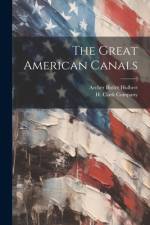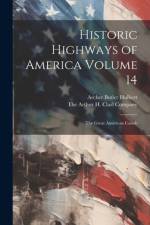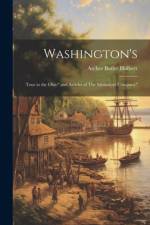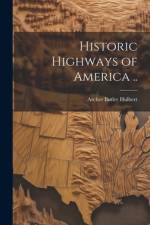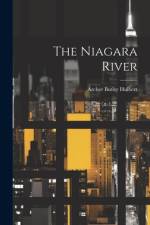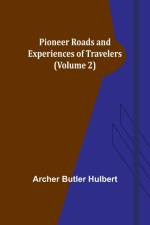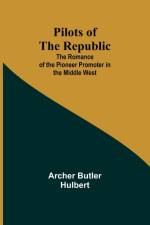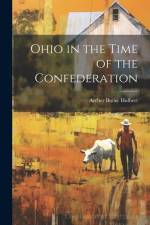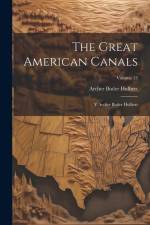av Archer Butler Hulbert
387
The Strait of Niagara, or the Niagara River, as it is commonly called, ranks among the wonders of the world. The study of this stream is of intense and special interest to many classes of people, notably historians, archæologists, botanists, geologists, artists, mechanics, and electricians. It is doubtful if there is anywhere another thirty-six miles of riverway that can, in this respect, compare with it. The term "strait" as applied to the Niagara correctly suggests the river's historic importance. The expression, recurring in so many of the relations of French and English military officers, "on this communication" also indicates Niagara's position in the story of the discovery, conquest, and occupation of the continent. It is probably the Falls which, technically, make Niagara a river; and so, in turn, it is the Falls that rendered Niagara an important strategic key of the vast waterway stretching from the mouth of the St. Lawrence to the head of Lake Superior. The lack¿so far as it does exist¿of historic interest in the immediate Niagara region, the comparative paucity of military events of magnitude along that stream during the old French and the Revolutionary wars proves, on the one hand, what a wilderness separated the English on the South from the French on the North, and, on the other, how strong "the communication" was between Quebec and the French posts in the Middle West. It does not prove that Niagara was the less important.

